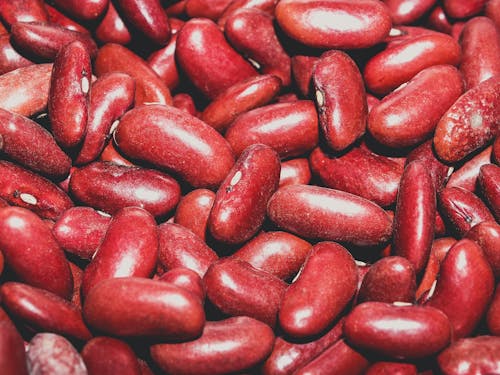Different varietals of heirloom black beans can be smaller than jelly beans or as big as the largest favas, with glossy skins that shimmer like beetle shells. But you’d never know it if your only exposure to beans has been in canned form, where the beans are cooked to a paste, and jammed into a can, and taste of tin. If this is the case, I wouldn’t be surprised if beans didn’t particularly excite you.
Beans excite me. At Contramar, just as in my own home, a meal isn’t complete without a large bowl of soupy beans, which make the perfect side dish to just about anything else within these pages. Since all they need is to cook in water and salt, maybe with an aromatic or two, you’d think it would be hard to ruin them. But I’ve had enough badly cooked beans to know that this is not the case.
To start, buy the best dried beans you can. Lots of shops now carry heirloom dried beans, so look for ones that may have been grown near you. But no matter where you live, you can order phenomenal heirloom beans online, thanks to Steve Sando of Rancho Gordo, who has done so much in the United States to elevate Mexican produce by making previously hard-to-find Mexican ingredients accessible. Rancho Gordo beans come in so many enticing varieties, and when buying from a company like it, you can be sure that the beans aren’t stale, like the ones in the packages on supermarket shelves that have been sitting there for who knows how long. A package of dried heirloom beans costs just a few dollars more than a bag of conventional dried beans, but a little goes a long way and they’re gorgeous—a pleasure to look at as well as to eat.
My way of cooking beans is mostly characterized by what I don’t do. I don’t presoak dried beans because this can make the skins blister. We don’t salt the cooking water because it prolongs the cooking time; it’s better to add salt once the beans have cooked enough so that you can taste them, so that you don’t add too much. I don’t let the water boil too hard because that breaks their skins. I let them simmer gently, stirring occasionally to make sure they all get evenly cooked. I do add garlic to the cooking water, as well as a sprig of epazote, an avocado leaf, or a healthy pinch of oregano or marjoram. Epazote has a pleasant petrol taste, while the avocado leaf lends a hint of anise. Both are available at Mexican markets and impart a nice aromatic touch to the beans as they cook.
For the first 45 minutes or so of the cooking time, you can neglect your beans. But in the last 15 to 20 minutes, you need to pay closer attention. In order to be sure the beans are completely cooked but not falling apart, you must take them off the stove at the right moment. Dried beans tend to take about an hour to cook, although it’s impossible to generalize because the size and freshness of the beans affect the cooking time. The only way to know when they’re getting close to ready is to start tasting them. But you should know that when you first taste a hot bean that has just come out of the pot, it will be deceptively soft. They firm up quite a bit as they cool down. You want your cooked beans to taste custardy, not to resist your teeth in the slightest. If you feel any kind of a crunch, let the beans cook for another 5 minutes and then test again. Once you’re satisfied with their doneness, add the salt, ½ tsp at a time, tasting between additions, and then let the beans cool in their cooking water (which makes a tasty broth in its own right).
DRIED BEANS
![DRIED BEANS]() Reviewed by The hand of the king
on
November 18, 2019
Rating:
Reviewed by The hand of the king
on
November 18, 2019
Rating:

No comments: